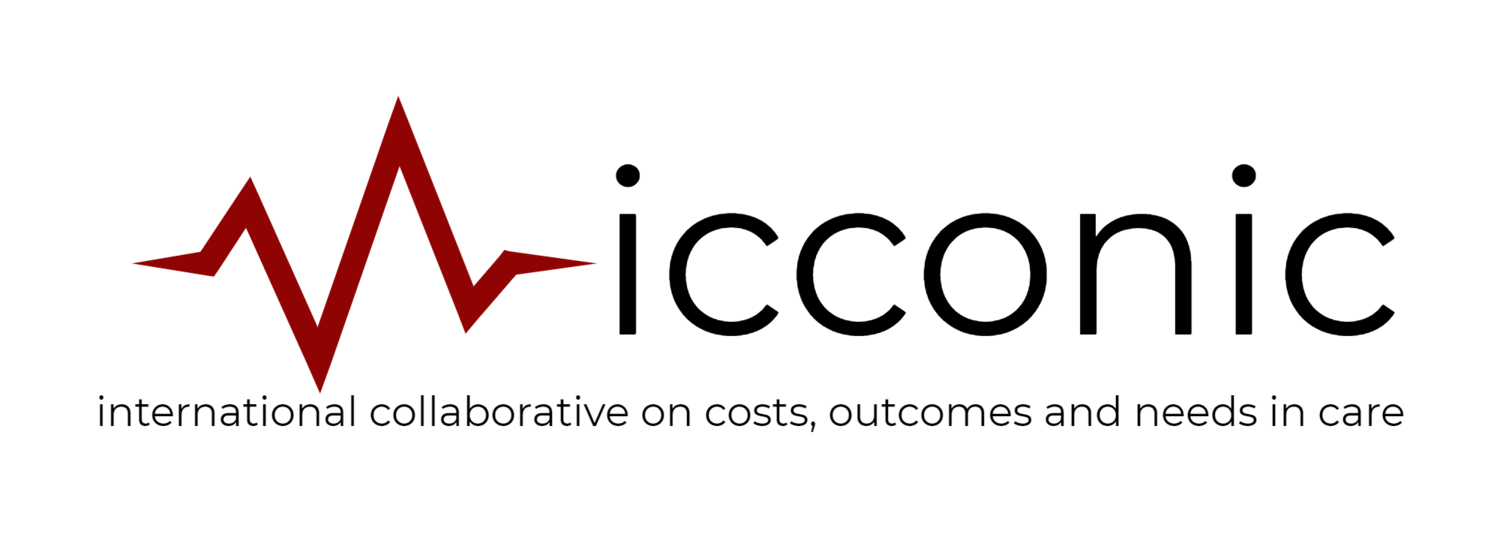
Led by the Brown University School of Public Health, the Harvard T.H. Chan School of Public Health, and the London School of Economics, ICCONIC is a collaborative of researchers from 11 countries performing a series of international comparisons of high-need, high-cost individuals across the trajectory of health care.
Our approach
We used national and regional patient-level datasets to explore variations in the cost, utilization, and quality of health care for two types of high-need, high-cost (HNHC) patients:
-
- A frail older patient recovering from a hip fracture, and
- An older person with complex multimorbidity (e.g., hospitalized with heart failure and a comorbid diagnosis of diabetes).
Using available data, we compared HNHC personas across the care trajectory in 11 high-income countries: the United States, England, Canada, France, Sweden, Australia, New Zealand, the Netherlands, Germany, Switzerland and Spain.
Although health systems around the world are diverse, they all have similar goals: maximizing quality of care for their populations, offering services that are responsive to patient needs, and providing value for money.
One key challenge facing many health systems is how to best design services to provide care to a small number of high-need, high-cost individuals.
This is a clinically diverse group of patients ranging from individuals who live with extreme functional limitations, others with persistent behavioral health challenges, and still others with multiple, complex chronic illnesses. These individuals often use high levels of health care services, tend to experience worse patient outcomes, and are often quite expensive to care for.
For these reasons, high-need, high-cost populations are arguably the group that stands to benefit the most from a better understanding of the effectiveness of different delivery systems.
Despite the enormous importance of this population, there is limited comparable data on how patterns of utilization and cost differ across health systems. This lack of information limits the potential for mutual learning and potential policy transfer across countries.
ICCONIC hopes to address this problem by developing a novel methodology for comparing cost, utilization, and outcomes of high-need, high-cost populations across different healthcare systems.
Our work focuses on three main questions:
What proportion of the two specific high-need patient types are identifiable in a large sample of administrative claims data in each country?
Are there meaningful differences in patterns of spending and utilization associated with these two high-need personas across countries?
How do patient outcomes for these high-need personas, including readmissions and mortality, vary by country?
Our findings
-
Use of patient vignettes helps overcome some issues of data comparability across countries.
-
Comparisons of care trajectories reveal important insights, including potential substitution effects across different care settings.
-
There are relatively similar patterns of spending and utilization by age and sex across countries.
-
HNHC patients incur more resource use than their healthier counterparts, but where this resource use occurs differs by health system.
-
Drivers of high spending differ across countries, with the US having high prices per unit.
-
These is substantial variation in health outcomes across countries, which does not appear to be correlated with health spending.
-
Improvements in data access and data comparability are needed to carry out more robust health system comparisons in the future.

